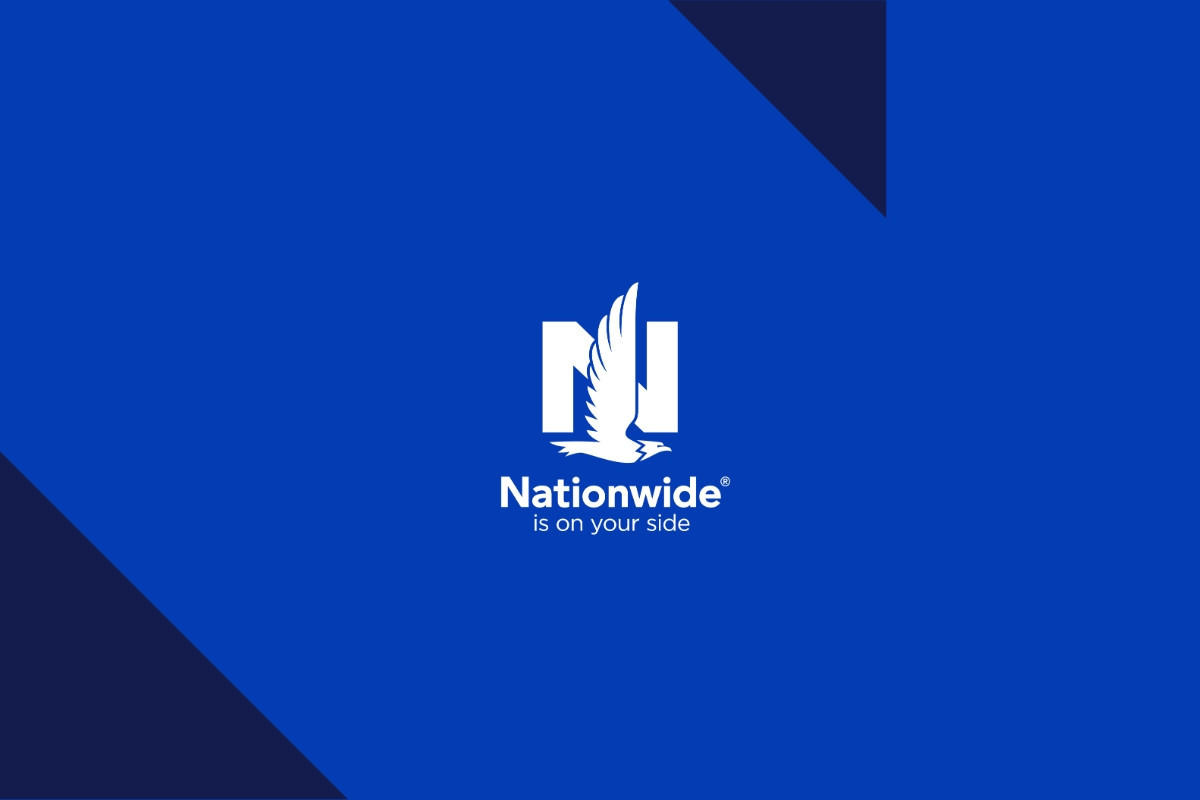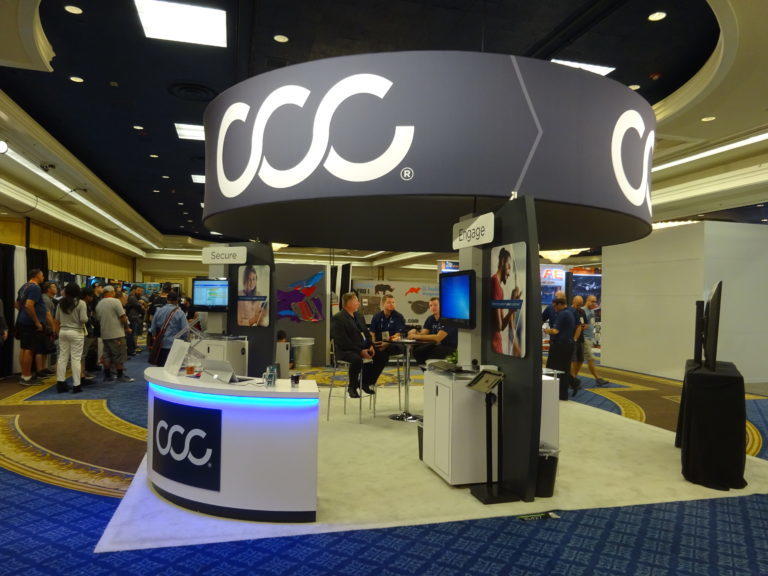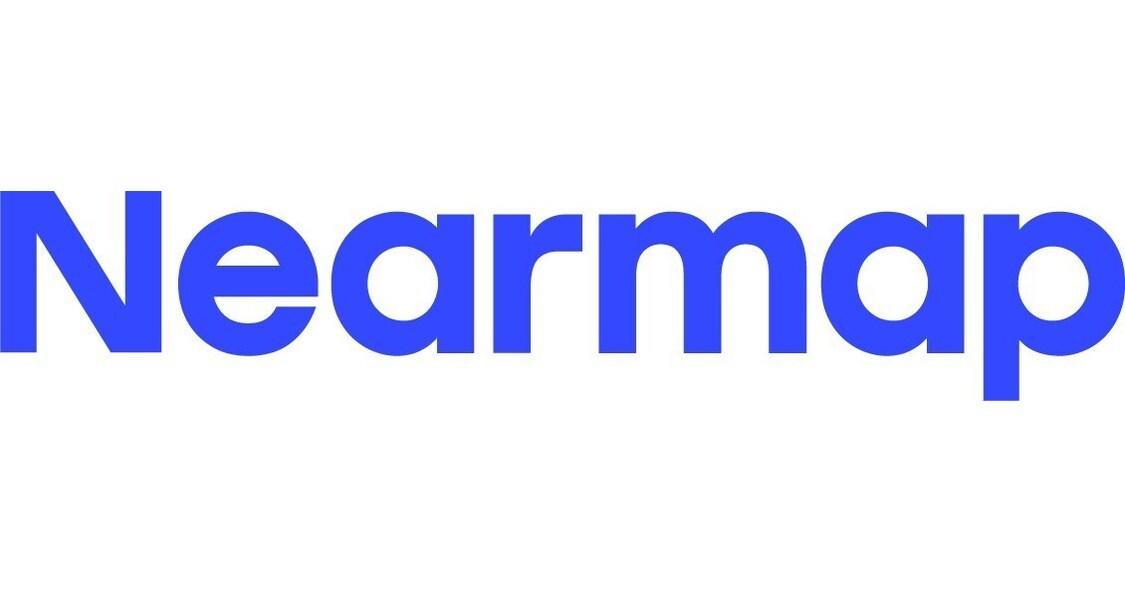AI in Insurance
Zurich launches new AI Lab to reshape the future of insurance
Global insurer Zurich Insurance Groupis stepping into a new era with the unveiling of its dedicated AI Lab, an initiative designed to take artificial intelligence from pilot projects into the core of insurance operations.
The Lab, led by CEO Mario Greco, brings together top-tier academic partners — the University of St. Gallen and ETH Zurich’s Agentic Systems Lab — and will operate across locations in St Gallen, Zurich and Singapore.
The aim is clear: leverage AI not just to refine existing processes, but to fundamentally transform how insurance is offered and experienced. By assembling multidisciplinary teams of PhD- and master-level researchers, and integrating them with Zurich’s industry knowledge and tech expertise, the Lab will explore real-world applications—from faster claims handling to smarter risk assessment and more personalised customer interactions.
According to Greco, the Lab functions as a “moonshot factory” and spells a strategic pivot: moving from incremental improvement to innovation that could redefine Zurich’s business model.

Nationwide announces $1.5 billion investment to accelerate technology, AI
Nationwide, a Fortune 100 company and one of the largest insurance and financial services companies in the U.S., announced today that it is investing $1.5 billion through 2028 in technology innovation initiatives, with $100M earmarked for advancing AI each year for the next three years.
“The world is in the next industrial revolution. It’s happening now, and it’s powered by artificial intelligence that is transforming how all of us work,” said Nationwide CEO Kirt Walker. “Our modern mutual structure, which combines the long-term vision of a mutual and the agility of a public company, allows Nationwide to capitalize on this revolution. We’re using new tools to drive deep partnerships, manage risk more proactively, innovate with agility and engage our communities – focusing on the benefits for our customers.”
The technology and AI acceleration work will benefit customers and business partners in two ways: making it easier for them to do business with Nationwide through deeper, more customized solutions while also maintaining the company’s reputation to protect their data in today’s high-risk digital security world.

Will we need AI to monitor AI?
As we look at technology in this month’s issue, artificial intelligence jumps out as the trend that continues to receive the most buzz in the insurance industry.
One survey, for example, found that 88% of auto insurers currently use, plan to use or plan to explore using AI intelligence or machine learning as part of their everyday operations. Seventy percent of home insurers plan to do the same.
AI has been employed across the industry at many levels:
• Underwriting: AI is used to assess risk by analyzing vast amounts of data, including historical claims, demographics and real-time data such as weather patterns and social trends.
• Claims processing: AI automates claims processing by quickly evaluating damage, evaluating damage and fraud detection and determining payouts. This reduces the time it takes to settle claims and ensures accuracy.
• Customer service and chatbots: AI-driven chatbots and virtual assistants provide 24/7 customer support. They can answer policyholders’ questions, help with policy changes and even initiate claims reporting.
• Predictive analytics: AI algorithms analyze data to predict future trends, such as identifying high-risk areas for specific types of claims (e.g., auto accidents or property damage). Insurers can use this information to adjust pricing and underwriting strategies.
• Fraud detection: AI helps detect fraudulent claims by identifying patterns and anomalies in data. It can flag suspicious activities, reducing insurance fraud and reducing costs for insurers.
• Risk assessment: Insurers use AI to more accurately assess the risk of insuring specific individuals or properties. This leads to more personalized pricing and coverage options.
• Customer engagement: AI-powered tools personalize marketing and communication efforts, improving customer engagement and retention. Insurers can offer relevant policy recommendations and incentives based on customer behavior.
• Telematics: In auto insurance, telematics devices and AI analyze driving behavior, allowing insurers to offer usage-based insurance policies. Safer drivers may receive lower premiums.
• Data analysis: AI can process and analyze vast amounts of data to uncover insights, helping insurers refine their business strategies, improve operational efficiency and make data- driven decisions.
• Policy management: AI streamlines policy administration by automating tasks like policy issuance, endorsements and renewals, reducing manual errors and administrative costs.
• Risk modeling: AI helps insurers create sophisticated risk models by considering a wide range of variables and scenarios, enhancing their ability to manage risk effectively.
• Health insurance: AI is used to assess health risks, optimize pricing for health insurance policies and support claims processing in the health insurance sector.
• Property/casualty insurance: In P/C insurance, AI can assess property values, calculate replacement costs and estimate the risk of natural disasters.
• Reinsurance: AI is employed in reinsurance to assess and price risks more accurately, helping reinsurance companies manage their portfolios effectively.
• Regulatory compliance: AI can assist insurers in staying compliant with evolving regulations by monitoring and adapting policies and practices.
News
Kemper Insurance Layoffs - TheLayoff.com
Kemper Lays Off 90 in Claims, Training, Compliance and IT: Sources
The companywide layoffs included leadership positions in those teams.
(Editor's note: This story has been clarified to show that the information on job cuts in specific departments was from sources familiar with the matter.)
Kemper has cut about 90 employees, including many senior executives and middle managers. The company-wide layoffs, which took place last week, affected claims, back-office support, training, compliance and IT, according to sources familiar with the situation.
"Kemper recently made an adjustment to its workforce, affecting less than 90 employees or about 1% of our workforce," a company spokesperson said in an email. "The changes are part of a broader effort to align our organizational structure with current business priorities and long-term strategic goals." The insurer has about 7,500 employees nationwide, according to its website.
The layoffs come in the wake of the abrupt resignations of CEO Joseph Lacher and Chief Claims Officer Duane Sanders. Both Lacher and Sanders will remain with the company through the end of the year, but the surprise exits have fueled speculation that the specialty auto insurer may be planning a broader restructuring.
In August, Kemper reported weaker-than-expected second-quarter earnings that sent the stock tumbling. Its combined ratio rose almost 5 percentage points to 95.4% from a year before, driven by more competition and a worsening trend in bodily injury claims.
The insurer's stock has fallen nearly 31% so far this year, compared with a gain of 17% in the broader S&P 500 Index over the same period. At the same time, the insurer has been downgraded by several Wall Street analysts.
by Varada Bhat
Executive Massacre
A bunch of AVP, VP, and SVP were fired over the last two days. It seemed like the layoffs spanned across all of the corporate functions. I would estimate the numbers in the dozens of people which is a lot for the executive ranks.

Washington court slams Farmers Insurance over $21 million verdict fallout
A $21 million jury verdict and a bankruptcy triggered a Washington appeals court decision clarifying what claims can be brought against insurers after major losses.
On Oct. 21, the Washington Court of Appeals, Division II, issued its decision in Anderson v. Farmers Insurance Company of Washington. The case centers on Cristina Anderson, who was seriously injured in 2019 after being struck by a car driven by Wendy Gibson in Sumner, Wash. Gibson, insured by Farmers Insurance with a $25,000 liability policy, was defended by counsel appointed by Farmers.
Anderson sued Gibson and the City of Sumner, settling with the city before trial. A jury awarded Anderson $21 million against Gibson. After the verdict, Gibson filed for Chapter 7 bankruptcy. During the bankruptcy, the trustee acquired all of Gibson’s potential legal claims, which were then sold to Anderson with court approval.

CCC integrates OEC RepairLogic, OPUS IVS, expands calibration tools in diagnostic workflow | Repairer Driven News
CCC is integrating OEC’s RepairLogic planning solution into its collision repair platform, CCC One, which it says will streamline repair planning, estimating, and documentation for repair facilities, according to a press release.
The integration is expected to roll out in early 2026.
“By integrating RepairLogic with CCC ONE, participating repair facilities will be able to access repair planning capabilities at key points in the estimating process, without the need to toggle between multiple systems,” the release says.
It is designed to improve estimating and repair planning efficiency, while also helping shops capture required operations and OEM procedures, the release says.
Financial Results
The world's largest property and casualty insurers, 2025
The Progressive Corp. is now the world's fourth-largest property and casualty insurer by revenue after its gross premiums earned surged more than 20% in 2024, according to S&P Global Market Intelligence's 2025 rankings.
Progressive wrote $12.9 billion more net premium in 2024 than it did in 2023, with the majority of that growth coming from adding policyholders as opposed to rate increases.
Last year's fourth-placed insurer, The People's Insurance Co. (Group) of China Ltd. fell to sixth place in 2024, behind the Lloyd's of London marketplace, after its insurance service revenue increased by a modest 6.1%.
Progressive's rise up the ranks underlines the fact that it is gaining ground on State Farm Mutual Automobile Insurance Co., the market leader in US private auto, and the largest property and casualty (P&C) insurance underwriter in the world. State Farm stayed atop the rankings with $103.10 billion of direct premiums earned in 2024, up 17.7% year over year.

Berkshire Hathaway posts $2.4bn Q3'25 underwriting earnings amid strong P&C reinsurance result
Berkshire Hathaway, the Warren Buffett-run holding company and conglomerate, generated improved year-on-year net underwriting earnings across its re/insurance operations of $2.4 billion for the third quarter of 2025 ($750m Q3’24), and $5.7 billion for the nine month period ended September 30th, 2025 ($5.6bn 9M’24), as both the reinsurance and primary businesses reversed the quarterly loss seen last year.
The company has reported another strong set of results for its insurance and reinsurance operations, which includes Berkshire Hathaway Reinsurance Group, Berkshire Hathaway Primary Group, and GEICO.
At Berkshire Hathaway Reinsurance Group, pre-tax underwriting earnings increased to $884 million for Q3’25 from a loss of $310 million in Q3’24, driven by earnings of almost $1.1 billion in property/casualty (P&C), which more than offset a decline in the life/health (L&H) result to $50 million ($98m in Q3’24).
For 9M’25, the reinsurance arm’s pre-tax net underwriting earnings did fall from $1.4 billion to $1.2 billion, with a slight reduction in P&C earnings to $2.178 billion ($2.191bn 9M’24), and a decline in L&H earnings to $172 million ($279m 9M’24).
Within P&C reinsurance, premiums written decreased 5% year-on-year to $5.2 billion and decreased by 6% to $16.3 billion for the third quarter and nine month period, respectively. Berkshire attributes the decline in both periods to reductions in property business.
Announcements

Startups promise insurance savings and deductible coverage
At least two new companies, ZeroedOut and Deductify, offer auto insurance deductible coverage, promising savings for consumers who have or switch to traditional higher-deductible plans. ZeroedOut,
Zeroed Out, a financial technology company, launched nationwide on Oct. 14 and says its platform is designed to combat record-high auto insurance costs.
“By empowering drivers to confidently raise their deductibles to as high as $2,000, members can unlock immediate, substantial savings,” a press release from the company says. “When a member has an accident, ZeroedOut pays that high deductible on the member’s behalf, sending funds directly to the auto body shop.”
Deductify, a membership-based platform, launched nationwide Sept. 2. It offers three monthly membership plans per car: $10.99 to cover a $1,000 deductible, $15.99 to cover a $1,500 deductible, or $19.99 to cover a $2,000 deductible. Each plan comes with merchant support, and the higher-cost plans offer priority or fast-track customer support. Yearly memberships are also offered.
Coverage can be used once per vehicle per year.
Lemonade expands telematics options in New Jersey
Lemonade is seeking approval to update its per-mile rule for private passenger auto insurance in New Jersey.
Previously, policyholders were required to install a GPS device in the vehicle’s OBD port. The proposed change removes that requirement, allowing mileage to be tracked through a company-approved telematics device, mobile app, other tracking method, or odometer reading.
If approved, the revision will apply to new policies starting December 15, 2025, and renewals from January 14, 2026.
Lemonade currently has 3,689 car-insurance policyholders in New Jersey as of September 2025.
InsurTech/M&A/Finance💰/Collaboration

Betterview Property Intelligence by Nearmap Now Integrated with Guidewire PolicyCenter
Nearmap, the leader in property intelligence and risk management for P&C insurers today announced the launch of the cloud-native Nearmap Accelerator for the Betterview Platform, its latest Extension, empowering underwriters to access property insights within Guidewire PolicyCenter.
The new Betterview Accelerator provides a full suite of geospatial insights and property intelligence, including high-resolution aerial imagery, AI-powered property condition insights, predictive peril scores, and third-party geospatial data, within PolicyCenter. Underwriters can now make faster, more informed decisions without toggling between systems, improving underwriting efficiency and loss ratios while reducing IT maintenance costs.
"Insurers don't have time for fragmented workflows," said David Tobias, Chief Product Officer at Nearmap. "This cloud-native Accelerator brings our industry-leading property intelligence into the environment underwriters already trust, PolicyCenter, so they can act faster, mitigate risks earlier, and focus on delivering value to policyholders."
The cloud-native Accelerator will enable insurers to:
- Streamline Underwriting Workflow Underwriters can experience the complete Betterview platform UI within PolicyCenter, including Nearmap imagery and property insights. Betterview's property flags are automatically mapped as underwriting issues in the risk analysis tab of PolicyCenter, and property report PDFs are instantly uploaded into the document portal in the Guidewire policy file.
- Improve Loss Ratios Through Proactive Risk Mitigation With AI-driven risk signals and property condition detection, underwriters can identify and manage issues before they lead to claims, without leaving Guidewire. Change detection and predictive analytics provide timely, actionable intelligence for proactive policyholder engagement.
- Reduce Maintenance Costs Built as a cloud-native accelerator, the Accelerator eliminates the complexity and cost of custom development and ongoing maintenance across disconnected systems.
Telematics, Driving & Insurance

State Farm Rolls Out Real-Time Crash Detection in Illinois, Florida
The system alerts emergency services and provides location tracking, and can later start the claims process after a tow is requested.
State Farm is deploying accident detection and response capabilities in its mobile app across Illinois and Florida, with plans for a national rollout. The upgrade enables the app to detect collisions in real time, alert emergency services if the driver is unresponsive, pinpoint GPS location, and initiate a claims workflow once a tow is requested.
State Farm’s enhanced Accident Assistance functionality will soon be available to all auto policyholders — not just those enrolled in its Drive Safe & Save telematics program. The system listens to sensor data from smartphones (e.g., accelerometer, GPS) and pairs with location tracking to identify crash events.
If the application detects a severe collision and the driver is unresponsive, it will automatically contact emergency services; at the same time, it can begin claim initiation when the user requests a tow.
The rollout is starting in Illinois and Florida; broader deployment is contingent on pilot evaluation.
State Farm already had a version of this capability under the Drive Safe & Save app; the engineering team has documented how it merged those telematics tools into its primary mobile app, preserving functionality during migration phases.
For collision repair shops, this upgrade is especially consequential. Data-driven crash detection accelerates first notice of loss (FNOL), cuts the lag between accident occurrence and insurer awareness, and may shift how vehicles are directed to repair facilities.
